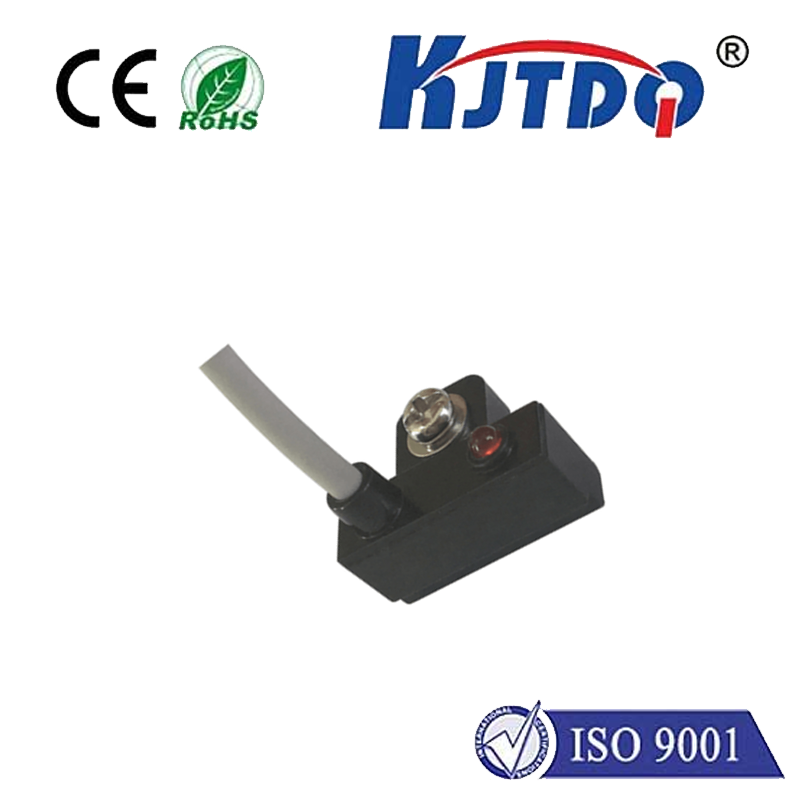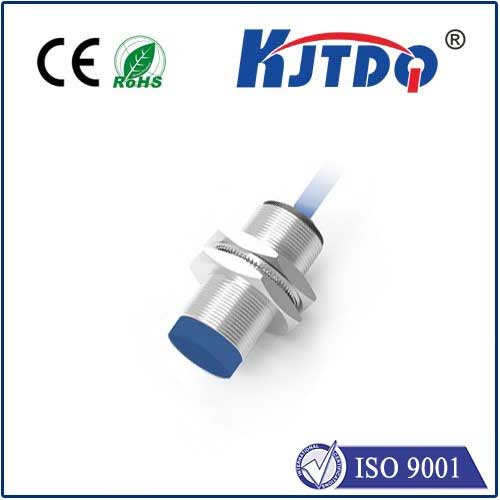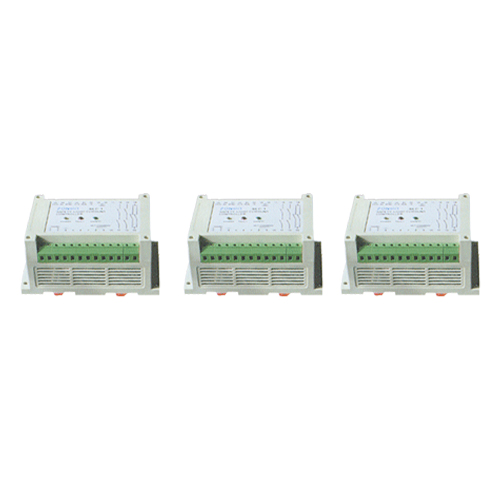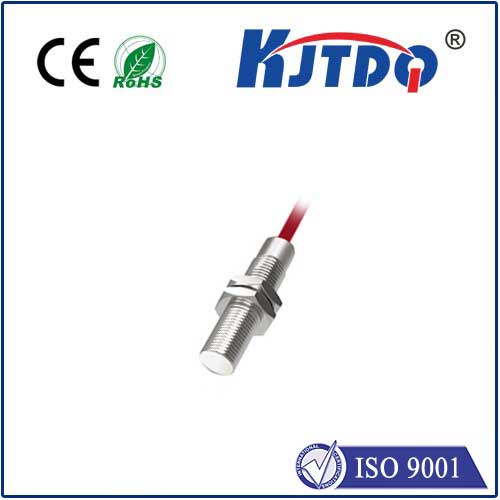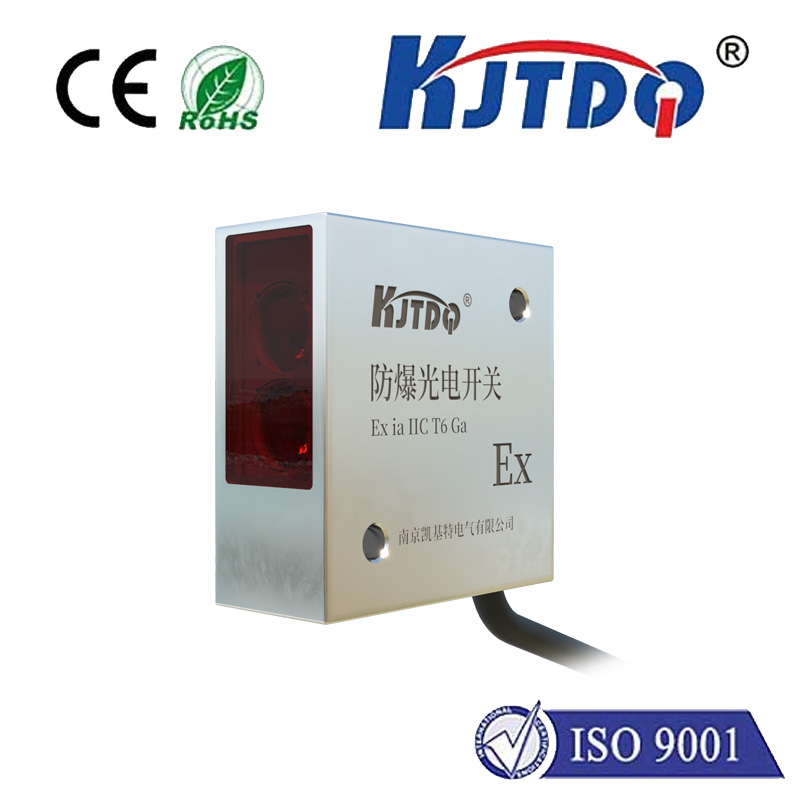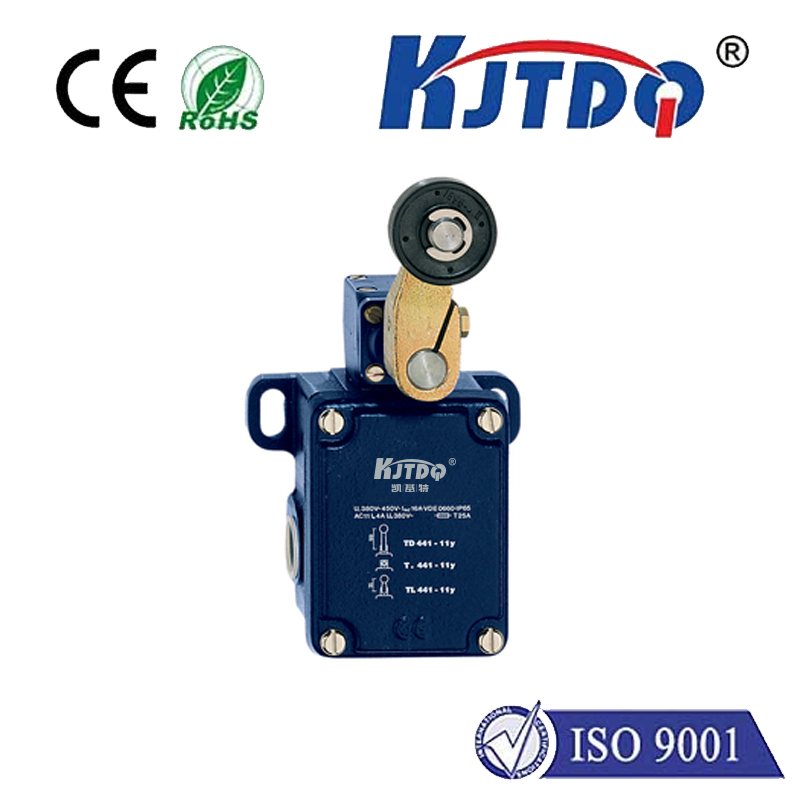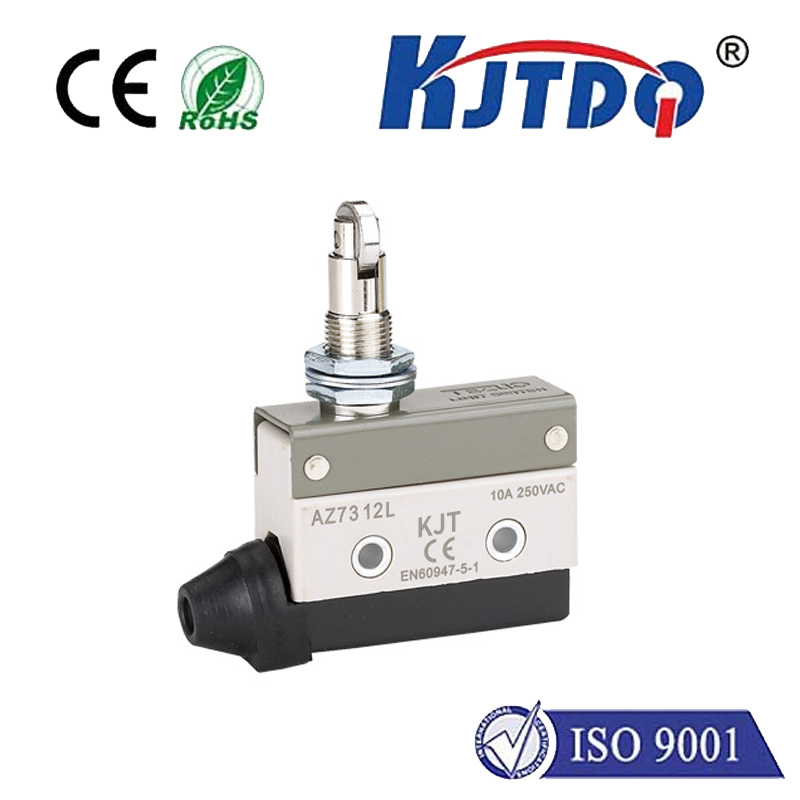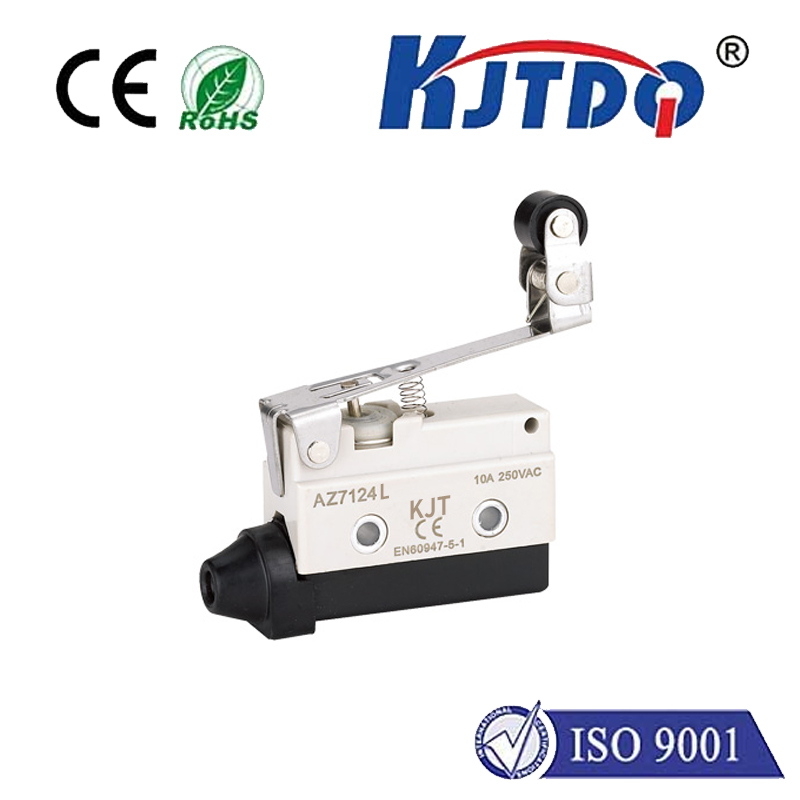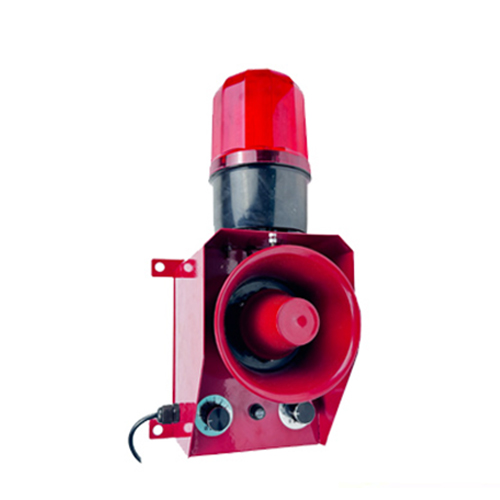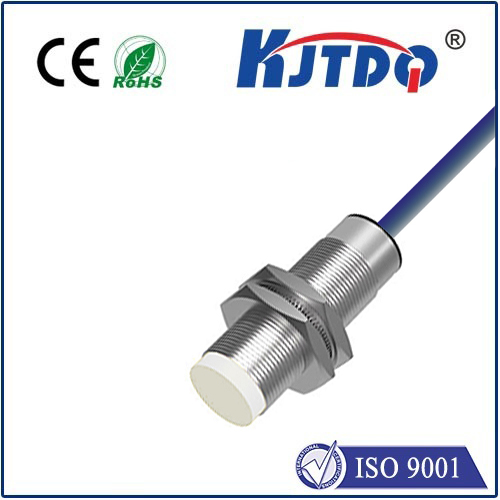gdj 211 photoelectric sensor
- time:2025-07-23 16:13:15
- Click:0
The GDJ 211 Photoelectric Sensor: Precision Detection for Reliable Automation
In the intricate dance of modern manufacturing and industrial automation, efficiency, reliability, and safety reign supreme. At the heart of countless automated processes lies a simple yet profoundly critical component: the photoelectric sensor. Among these unsung heroes of the factory floor, the GDJ 211 photoelectric sensor stands out as a dependable solution for numerous detection challenges. This compact device plays a pivotal role in ensuring smooth operations, preventing costly downtime, and safeguarding equipment and personnel.
Understanding the Core: What is a Photoelectric Sensor?
Before diving into the specifics of the GDJ 211, it’s crucial to grasp the fundamental principle. A photoelectric sensor operates by emitting a beam of light (usually visible red, infrared, or laser) and detecting changes in the received light signal. These changes occur when an object interrupts or reflects the beam back to the sensor’s receiver. There are several primary operating modes:

- Through-Beam (Opposed Mode): Comprises separate emitter and receiver units. Detection occurs when an object blocks the light beam traveling between them. Offers the longest sensing ranges and highest reliability for clear object detection.
- Reflective (Retroreflective Mode): Uses a single unit housing both emitter and receiver. It detects an object when the emitted beam is reflected back from a dedicated reflector (like a prismatic tape) and blocked by the target. Good for longer ranges than diffuse sensors, but requires a reflector opposite the sensor.
- Diffuse Reflective (Proximity Mode): This is the most likely operating principle for the GDJ 211. The sensor emits light and detects the reflection bouncing directly off the target object itself. No separate reflector is needed, making installation simpler. The GDJ 211 photoelectric sensor excels in this mode, offering a practical balance of range, ease of use, and cost-effectiveness for detecting objects within a defined proximity.
The GDJ 211: Engineered for Practical Application
Designed for robustness and consistent performance in industrial environments, the GDJ 211 photoelectric sensor embodies key features that make it a popular choice:
- Diffuse Reflective Operation: As mentioned, this is its core strength. It effortlessly detects the presence or absence of objects without needing a reflector opposite it. This simplifies setup significantly, especially where mounting a reflector is impractical.
- Compact & Robust Housing: Typically encased in a durable plastic or sometimes stainless-steel housing, the GDJ 211 sensor is built to withstand the rigors of industrial settings – dust, moisture (commonly rated IP67), and moderate impacts are no match for its sturdy construction.
- Visible Red LED Light Source: The visible red light beam makes alignment and troubleshooting remarkably straightforward. Technicians can easily see where the beam is focused and adjust the sensor position for optimal detection.
- Reliable Detection Range: While specific models might offer variations, the GDJ 211 series generally provides a practical sensing range suitable for proximity detection tasks on conveyor lines, robotic cells, packaging machinery, and more – often in the range of 100mm to 300mm (0.1m - 0.3m). Always consult the specific datasheet for the exact model’s range.
- Solid-State Switching: Utilizes PNP or NPN transistor outputs (depending on the specific variant) to interface seamlessly with Programmable Logic Controllers (PLCs), machine controllers, and other automation systems. This offers fast, bounce-free switching crucial for high-speed applications.
- Easy Installation & Adjustment: Featuring standard mounting holes (like M12 or M18 threaded barrels) and simple potentiometers or teach buttons for sensitivity adjustment, integrating the GDJ 211 photoelectric proximity switch into a system is quick and efficient.
- Wide Operating Voltage: Designed for versatility, it typically operates effectively within a 10-30V DC range, compatible with standard industrial DC power supplies.
Where the GDJ 211 Photoelectric Sensor Shines: Key Applications
The diffuse reflective principle and robust design of the GDJ 211 sensor make it ideal for countless automation tasks:
- Object Detection on Conveyors: Detecting the presence, absence, or position of products, cartons, bottles, or parts moving down a production or packaging line. Confirming if a box is present before applying a label or if a bottle is upright before filling.
- Part Counting & Verification: Counting items passing a specific point on an assembly line or verifying that a component has been correctly presented or assembled before the process continues. Preventing incomplete assemblies from moving forward.
- Level Detection (Bins/Hoppers): Monitoring material levels in bins, hoppers, or silos for bulk goods, powders, or granular materials. Signaling when a bin is empty or nearing capacity to trigger refilling or prevent overflows.
- Machine Guarding & Safety: Used as part of non-contact safety systems (though not typically a primary safety device itself - safety-rated sensors are distinct) to detect personnel presence near hazardous areas or ensure machine doors are closed before operation commences.
- Robotic Workcell Guidance: Providing presence detection signals to robotic arms, indicating where a part is located for pickup, or confirming that a part has been placed correctly on a fixture or conveyor.
- Packaging Machinery: Checking for the presence of product in cartons before sealing, verifying the position of flaps or lids, or detecting labels.
Best Practices for Optimal GDJ 211 Performance
To maximize the reliability and longevity of your GDJ 211 photoelectric sensor:
- Correct Alignment: Ensure the sensor is properly aimed at the target detection zone. The visible red beam significantly aids this process.
- Sensitivity Adjustment: Fine-tune the sensitivity potentiometer or use the teach function (if available) to set the detection threshold accurately. Adjust it so the sensor reliably detects the target object while ignoring background reflections or ambient light interference.
- Consider the Target: Diffuse reflective sensors like the GDJ 211 are best suited for objects that reflect light reasonably well. Very dark, matte black, or highly transparent objects might be challenging and require specific sensor variants or operating modes.
- Environmental Factors: Be mindful of dust, steam, fog, or heavy splashing. While the IP67 rating offers good protection, extreme conditions can scatter the light beam and cause false triggers. Keep the lens clean. Strong ambient light sources shining directly onto the sensor can also interfere.
- Electrical Compatibility: Ensure the sensor’s output type (PNP or NPN) and voltage range match the requirements of the control system it is connecting to. Correct wiring is essential.
The GDJ 211 photoelectric sensor exemplifies how practical engineering solves fundamental industrial challenges. Its diffuse reflective working principle, combined with ruggedness, ease of use, and reliable performance, makes it an indispensable tool in the automation engineer’s toolkit. From ensuring smooth material flow on conveyors to verifying critical process steps and safeguarding operations, this versatile photoelectric proximity switch plays a vital role in driving efficiency and reliability across countless industries. Understanding its capabilities and correct application is key to unlocking its full potential in any automated system.






